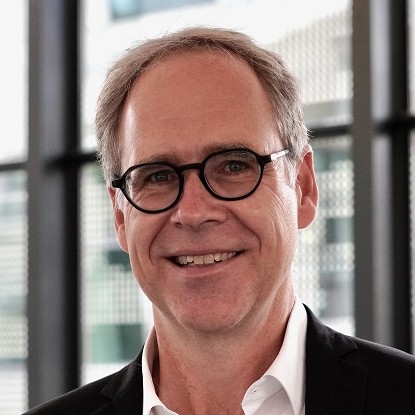Dr. Sophie Hochhäusl
Age: 37
My research areas: History of Modern Architecture, 1919-1989, in Austria, Germany and the United States
Name of my University / Research Institute: University of Pennsylvania, Philadelphia, USA
Research period at the TU Darmstadt:8 month between June 2021-May 2024 (Humboldt Fellowship for Experienced Researchers)
My field of research is fascinating. The best way to explain it to non-specialists is…
…that I investigate designers, planners, and artists, who worked in the resistance against the Nazi regime based on the 1984 book “Memories of the Resistance” by architect Margarete Schütte-Lihotzky. Today Schütte-Lihotzky has been recognized as one of the most significant female figures in modern design. My current project interweaves Schütte-Lihotzky’s political and architectural work. It analyzes the memoir as a critical historical document and as a glimpse into the spatialization of organized dissent in the time between 1938 and 1945.
What research questions are you currently working on?
The core question I investigate is how dissent becomes spatialized. I thus write about ordinary places, from apartments to hotel rooms as well as public parks and cafes where clandestine meetings and organizing took place. Doing this reserach, at the intersection of architectural history and resistance studies, requires investigating fragmentary archival sources, as well as oral testimonies, songs, and letters.
My most important success in research to date is…
In 2020, Carla Gonzalez Maier, the daughter of a former resistance fighter, opened up the papers of her mother Victoria Maier Mayer to me. Maier Mayer was a Chilean architect who was central in coordinating resistance activities in Austria in 1941, but her work had never been studied or written about. By working with Carla over two years, she and I were able to reconstruct the friendship between Schütte-Lihotzky and Maier Mayer and the women’s resistance activities. Moreover, in this context Gonzalez Maier recovered a number of material artifacts, including knitworks, that interned female resistance fighters and artists had crafted for each other as gestures of solidarity.
Will the results of your research have a concrete impact on our everyday lives either now or at some later date?
Among other issues, my book addresses the culture of forgetting in Austria after 1945. The book, which loosely follows Schütte-Lihotzky’s life up until the year 2000, shows how this erasure still haunts public discourse and politics today.
I’ve chosen the TU Darmstadt because of…
… Professor Anna-Maria Meister, who is one of the world’s authorities on histories of architecture in dissent, radical political and pedagogical work, as well as modern architecture in Germany. Together with her, we will be able to organize a joint colloquium on architecture and resistance. Moreover, with proximity to the Deutsches Archtekturmuseum in Frankfurt and the Literaturachiv Marbach (Exilliteratur) Darmstadt is the prime locale to conduct research.
Questionnaire for the host
Guest of: Prof. Dr. Anna-Maria Meister
Department: Architecture
What would you say you appreciate most about your guest or what made the most favourable impression on you…
Sophie Hochhäusl is a brilliant scholar and great collaborator. I appreciate her insights, her precise scholarship on figures like Margarete Schütte-Lihotzky who we all think to know but then discover unexpected and exciting directions and untreated aspects of her work. And most importantly I admire her dedication to write architecture histories that tell those stories we still need to hear more of: histories of resistance, histories of women, histories of architecture at the core of societies.
You, your team and the TU Darmstadt benefit from your guest’s …
We feel extremely privileged to have Sophie Hochhäusl as Humboldt Fellow at our department, and even more so to have another institution in the mix with the NS Documentary Center in Munich with Mirjam Zadoff as its director, because it allows us to carefully think through a shared project and possible productive collaborations. Working together takes time, trust and effort, and Sophie Hochhäusl's stays over the next two years at both institutions will help weave a net that can carry shared thought and projects. With her approach to architecture history on the one hand and our common interest in histories of friction and the socio-political role of architects and their work we will benefit from working together and hosting her and her project at ATW (Architecture Theory and Science) at the TU Darmstadt.





